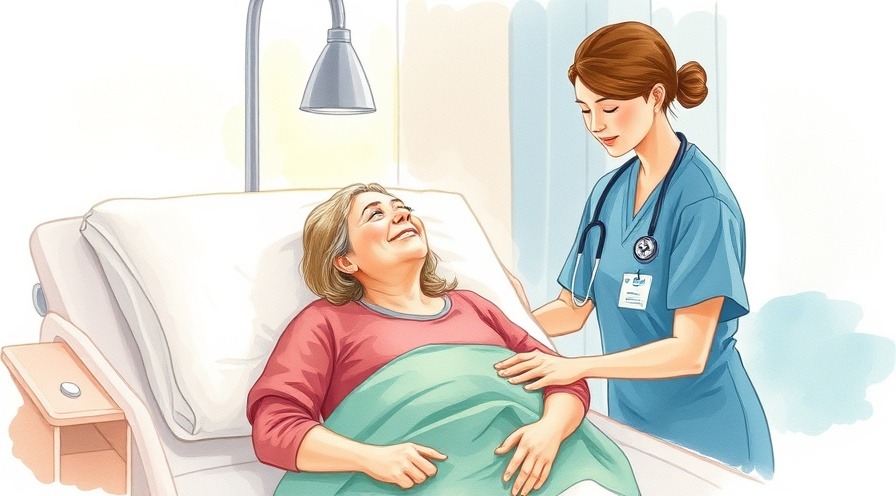
Navigating Cancer Treatment: A Guide to Immunotherapy and Chemotherapy
Modern cancer care has transformed dramatically, providing patients with sophisticated treatment approaches that were unimaginable just decades ago. Among these advances, two primary therapeutic strategies stand out: chemotherapy and immunotherapy. These treatments represent distinct philosophies in cancer care, each offering unique advantages and considerations for patients facing this challenging diagnosis.
Chemotherapy: The Established Warrior
Chemotherapy represents the traditional approach to cancer treatment, utilizing potent medications designed to eliminate malignant cells throughout the body. This systemic therapy has served as the backbone of oncological treatment for generations, proving effective against numerous cancer types including colorectal, ovarian, and blood cancers.
Mechanism of Action: These therapeutic agents work by disrupting cellular reproduction processes, specifically targeting the rapid multiplication characteristic of cancerous tissue. By interfering with DNA replication and cell division, chemotherapy prevents tumor growth and metastasis.
Delivery Methods: Treatment typically involves intravenous administration through specialized ports or peripheral lines, though oral formulations and intramuscular injections are also utilized. Treatments follow cyclical patterns, allowing patients recovery periods between sessions.
Expected Reactions: Patients commonly experience alopecia, gastrointestinal distress, exhaustion, and immunosuppression. These effects occur because chemotherapy affects all rapidly dividing cells, including healthy tissues like hair follicles and digestive tract lining.
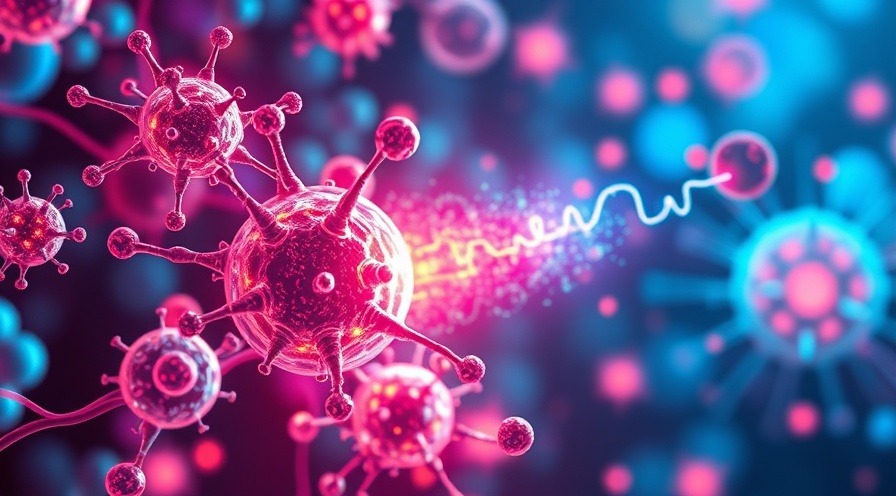
Immunotherapy: The Body's Enhanced Defense
Immunotherapy represents a revolutionary paradigm shift in cancer treatment, leveraging the patient's own immune system as the primary weapon against malignancy. Rather than directly destroying cancer cells, this approach strengthens and educates immune responses to recognize and eliminate cancerous tissue. This strategy has demonstrated remarkable success in treating melanoma, non-small cell lung cancer, and various hematologic malignancies.
Mechanism of Action: These treatments employ various strategies, including checkpoint inhibitors that remove immune system "brakes" and adoptive cell therapies that enhance T-cell function. By unleashing the body's natural defense mechanisms, immunotherapy can provide sustained cancer control.
Delivery Methods: Most immunotherapy protocols involve intravenous infusions administered in clinical settings, though emerging oral formulations are expanding treatment accessibility and convenience.
Expected Reactions: Patients may experience general malaise, dermatologic reactions, and flu-like symptoms. Since these treatments activate immune responses, they can occasionally trigger inflammatory reactions in healthy organs, requiring careful monitoring.
Critical Distinctions Between Treatment Approaches
Factor |
Chemotherapy |
Immunotherapy |
|---|---|---|
Primary Target |
Directly eliminates cancer cells |
Empowers immune system function |
Treatment Scope |
Broad-spectrum, affects all dividing cells |
Selective, focuses on immune enhancement |
Side Effect Profile |
Typically more extensive and predictable |
Generally milder but can be unpredictable |
Treatment Duration |
Effects cease when therapy concludes |
May provide ongoing protection through immune memory |
Determining Your Optimal Treatment Path
Selecting between these therapeutic approaches requires careful consideration of multiple variables, including cancer type, disease progression, patient health status, and treatment objectives. Chemotherapy often becomes the preferred choice when rapid tumor response is critical, particularly in aggressive malignancies. Immunotherapy may be favored for cancers known to respond well to immune-based interventions or when long-term disease management is the primary goal.
Chemotherapy Advantages: Extensive clinical validation, broad cancer applicability, rapid therapeutic response, well-understood side effect management protocols.
Immunotherapy Advantages: Potentially reduced severe adverse effects, possibility of durable responses, effectiveness in previously treatment-resistant cancers.
Chemotherapy Limitations: Significant impact on healthy tissues, challenging side effect profile, limited selectivity.
Immunotherapy Limitations: Not universally effective across all cancer types, considerable cost factors, unpredictable immune-related complications.
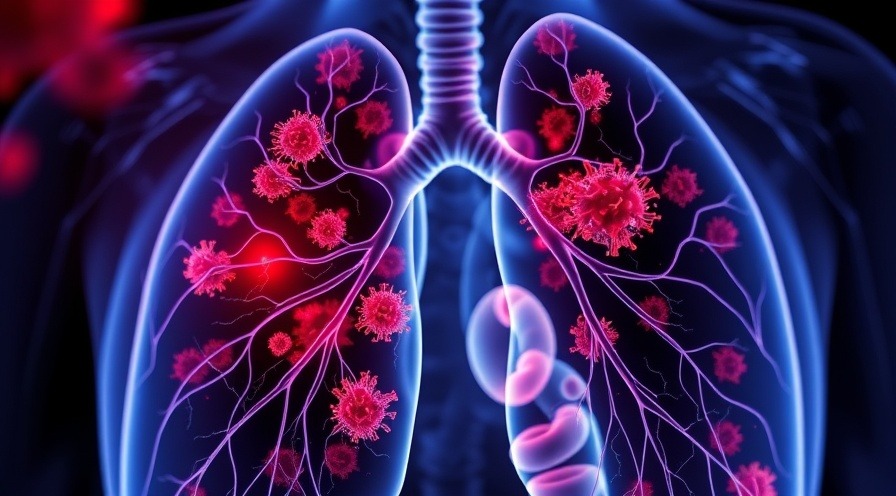
The Evolution of Cancer Care
Both treatment modalities continue advancing at an unprecedented pace. Current research focuses on combination therapies that merge immunotherapy's precision with chemotherapy's proven efficacy. Recent clinical trials combining immune checkpoint inhibitors with traditional chemotherapy have yielded encouraging results, particularly in lung cancer management.
Additionally, emerging approaches like personalized vaccines, bispecific antibodies, and novel cell therapies are expanding the immunotherapy landscape. Meanwhile, chemotherapy continues evolving with targeted delivery systems that minimize healthy tissue exposure while maximizing cancer cell destruction.
Making Informed Treatment Decisions
Understanding these treatment options empowers patients to engage meaningfully with their healthcare providers. Each person's cancer journey is unique, requiring personalized treatment strategies based on individual circumstances, preferences, and medical factors.
The key to successful cancer treatment lies in open communication with your oncology team, staying informed about emerging options, and maintaining an active role in treatment decisions. As research continues advancing, new combinations and approaches will likely offer even more effective and tolerable cancer treatments in the years ahead.
Disclaimer: The information provided on this website is for general informational purposes only and should not be considered medical advice, diagnosis, or treatment. Always consult a qualified healthcare professional before making any decisions or taking actions related to your health, including but not limited to medical conditions, treatments, diets, supplements, or exercise programs. The content on this site is not intended to replace professional medical guidance. The website and its authors are not responsible for any actions taken based on the information provided. Ask your doctor or licensed medical professional.
 Add Row
Add Row  Add
Add 


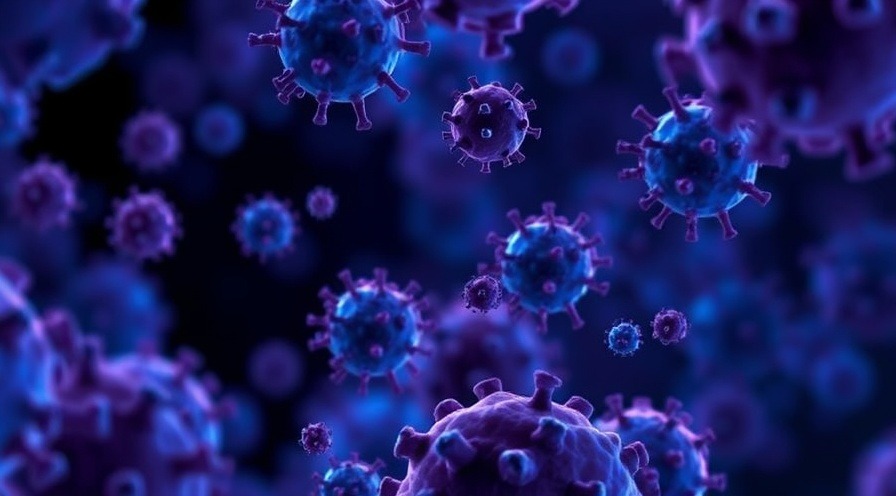
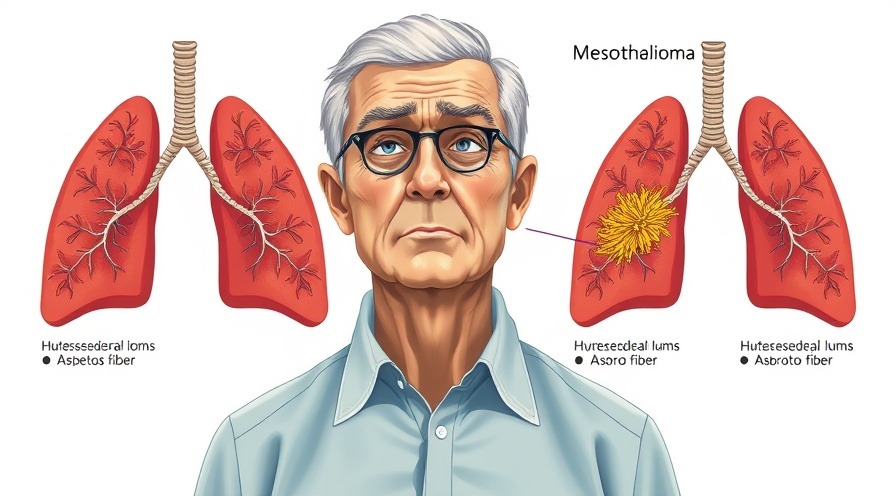
Write A Comment